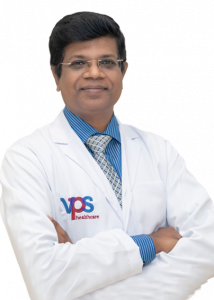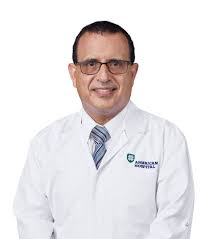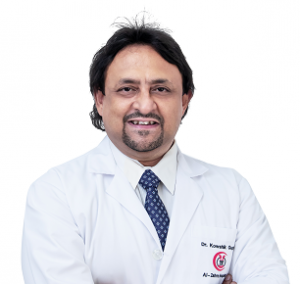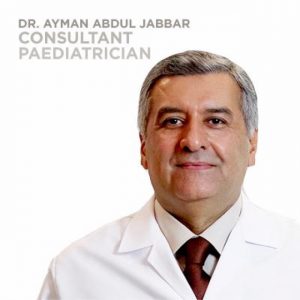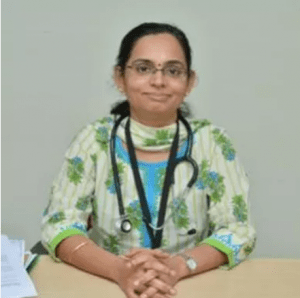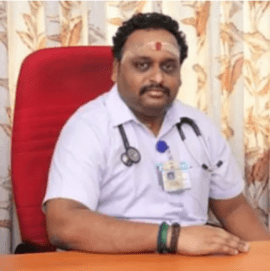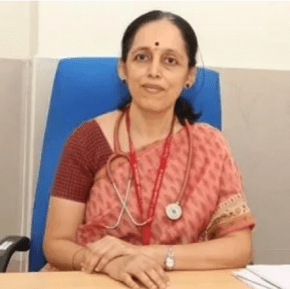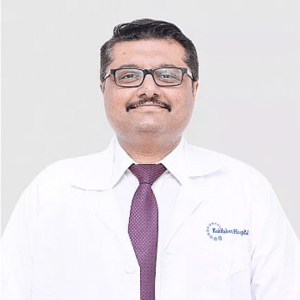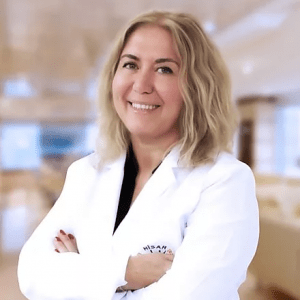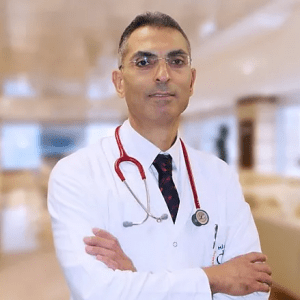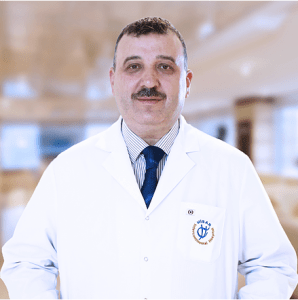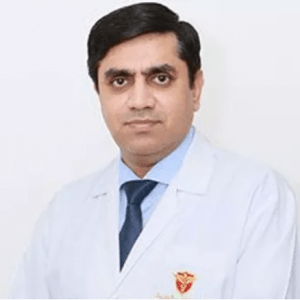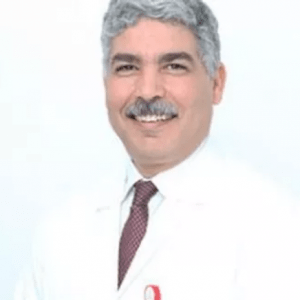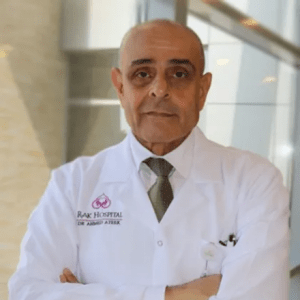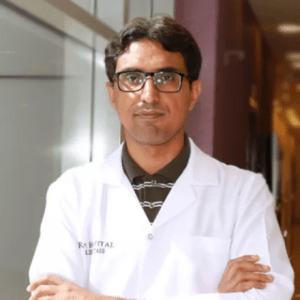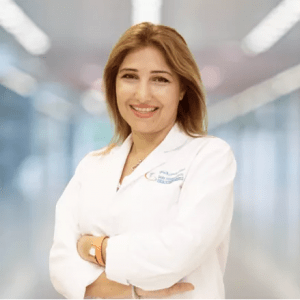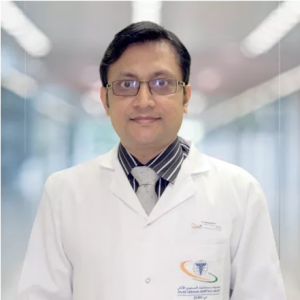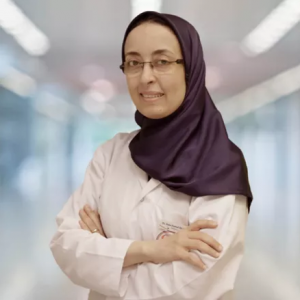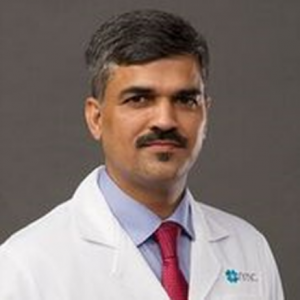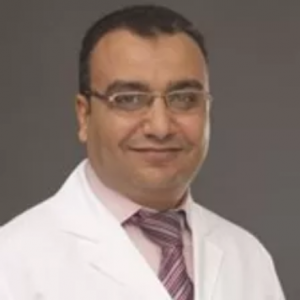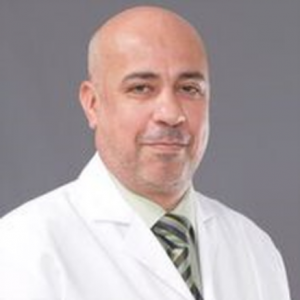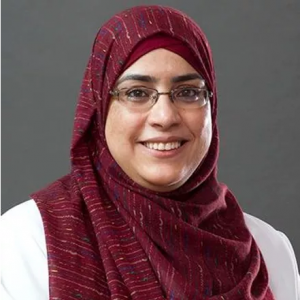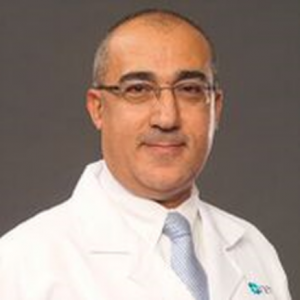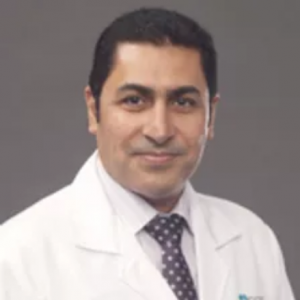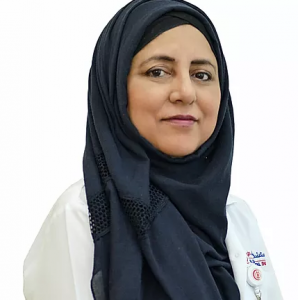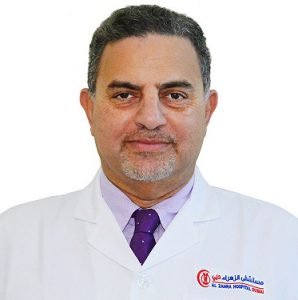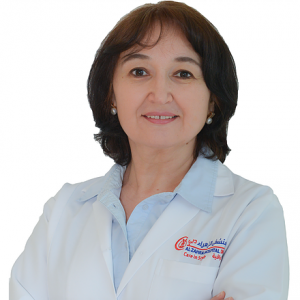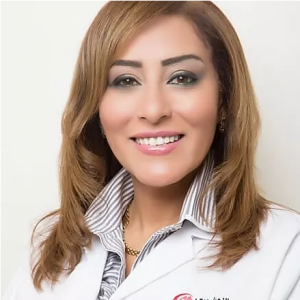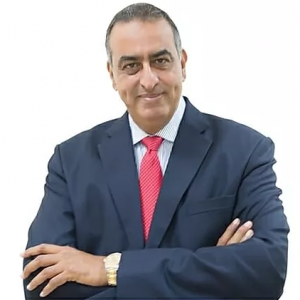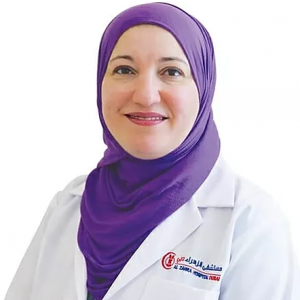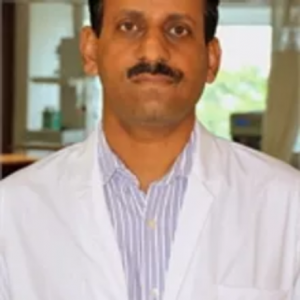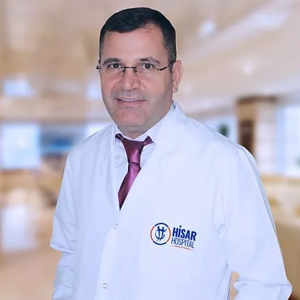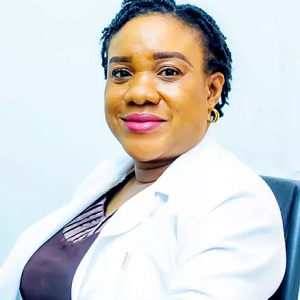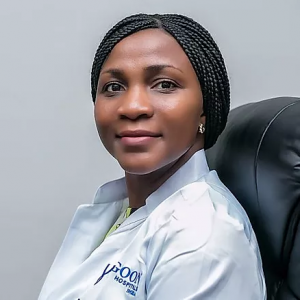WHAT IS MOSAIC TRISOMY 9?
Mosaic trisomy 9 or Trisomy 9 mosaic syndrome is a hard-to-find health condition in which a trisomy (three) of the 9th chromosomes appears in somebody cells, instead of a duo (two) of chromosomes.
Mosaicism trisomy 9 babies (born with Down syndrome) tend to have any type of trisomy, including trisomy 9 and 21. When these chromosomes start having unusual numbers, this may result in cells malfunctioning. Chromosomes tell the cells how to grow, and so, if they start malfunctioning, the cells will follow their lead.
What are chromosomes? They are stick-shaped located in the middle of each body cell. Each cell has 46 of them, grouped into 23 pairs. They give the body cells work to do; in other words, they are the brains of body cells.
Trisomy 9 mosaic syndrome leads to several complications, one of the most prominent of which is birth defects.
Down syndrome is a major type of mosaic trisomy (caused by a trisomy in chromosome 21). Trisomy can lead to deformations in different parts of the body, due to the un-cooperation of body cells. It can lead to a low state of mind, large or tiny ears, crooked nose, twitched lips, etc. The effects of mosaic trisomy can be devastating and stressful. It may even last for life, if not noticed early.
COMPLICATIONS OF MOSAIC TRISOMY 9
Many defects are associated with trisomy 9 mosaic syndrome, especially as seen in its symptoms; but some of these defects can lead to serious complications that may or may not last for life.
These complications may include:
- Underdeveloped genitalia.
- Hemidystrophy (asymmetrical body formation).
This involves the uneven distribution of growth among different parts of the body. An ear may be bigger than the other, or one leg may be longer than the other. This is a serious complication that might last for life when not treated early via surgery.
If not noticed on time, the symptoms of mosaic trisomy may develop into stunted growth, which may last all through adolescence.
The coloring and darkening of the eyes can lead to partial blindness in an infant. However, this might not occur until around adolescence. Braille may be needed.
Dimples in the ears, sloppy and tiny ears, as well as growth around the ears, may develop into the gradual loss of the ability to hear. At a certain stage, full deafness may be the result. Hearing aids may be needed.
Slowed incoherent speech, stammering and speechlessness can lead to partial dumbness when it gets to a certain extent. However, most kids with trisomy 9 and Down syndrome escape being dumb throughout their lifetime.
Trisomy mosaic can lead to unfortunate cases of hypertension, stroke, need for oxygen, and blocked arteries, as well as heart failure.
- Mental disorders like abnormal electricity in the brain, loss of coordination, tendency to become insane in the future, etc.
- Hip dislocation or dysplasia of the hips.
- The limited function of joints and cartilages.
- Underdevelopment of the fingers and toes.
- Single creases across the palms of the hands.
- Kidney swelling with urine.
- Brain deformities.
- Lung underdevelopment.
- Gastroesophageal refluxes.
- Threat to life.
With all of the above complications, there is a major risk of life-threatening circumstances which may affect patients of mosaic trisomy. Heart failure can lead to death.
RISK FACTORS OF MOSAIC TRISOMY
Most (approximately 95%) cases of mosaic trisomy 9 start to occur from pregnancy. Many patients of trisomy are born with the disorder, and may (or may not) have to live with it for the rest of their lives.
Although it does not happen frequently, mutated genes of earlier generations may be transferred to the new generation and cause a fresh phase of the disorder of a newborn.
- Family medical history of any type of trisomy.
MOSAIC TRISOMY 9 DIAGNOSIS
Mosaic trisomy 9 syndrome symptoms can be diagnosed via the following ways listed below:
- Sampling the blood of the fetus, via:
- Amniocentesis.
This is used to diagnose abnormalities in chromosomes, as well as other disorders affecting a woman’s fetus. It is done by using a long needle inserted into the mother’s stomach to retrieve a sample of amniotic fluid. The test is recommended for pregnant mothers above age 35 or those who are at risk of having a baby with a genetic condition.
Amniocentesis has some terrible risk factors, including stillbirth, premature birth, and miscarriage. However, the rate of complications proves to be extremely low.
- Chorionic villus sampling.
This is checks chromosomal disorders or hereditary diseases in a woman’s fetus. Here, a sample of tissue from the placenta (chorionic villi) is examined and taken via the cervix or by inserting a needle through the abdominal wall.
Sometimes, this can show the symptoms of trisomy in your unborn baby.
MOSAIC TRISOMY 9 TREATMENT
Mosaic trisomy 9 is a very rare condition that cannot be cured. However, it can be managed via some methods.
The specialists involved in treating mosaicism trisomy 9 include:
- Neurologists.
- Orthopedists.
- Pediatricians.
- Cardiologists.
- Surgeons.
- Other healthcare professionals.
- Medications.
These may be needed when cerebrospinal fluid (that flows through the spinal cord) is being produced excessively. They are meant to be prescribed by your specialist doctor.
Surgical intervention is used to restore the normalcy of cerebrospinal fluid flow. It may involve:
This might include correcting genital, muscular, skeletal, and facial complications related to trisomy 9.
Here, a stunt is inserted into the spine, to drain excess cerebrospinal fluid from the brain to other body parts, to absorb it into the bloodstream. Surgery depends on underlying causes of the trisomy 9 mosaic, its nature, and severity, as well as its signs and other risk factors.
Diverse therapies can be carried out to focus on various spheres of the life of the patient mosaic trisomy 9. The disorder affects its patients in many negative lights:
- Socially.
- Mentally.
- Physically.
- Emotionally.
- Psychologically.
The following therapies may help out:
- Physical activities and rehabilitation.
- Special educational programs.
- Vocational therapy.
- Nutritional therapy.
- Language therapy.
- Social therapy.
- Medical therapies.
This is needed for close family members of patients affected by the disorder.
This is needed to improve upon the symptoms and effects of mosaic trisomy 9 on the patients. It is advisable to not cry or weep around Down syndrome patients or other patients of other trisomies because they tend to be emotionally unstable.
TRISOMY 9 MOSAIC LIFE EXPECTANCY
Mosaic trisomy 9 syndrome is behind approximately 2.51% of miscarriages and stillbirths that occur before the 20th week of pregnancy.
Trisomy 9 mosaic survival rate is unpredictable. Some infants rarely survive beyond their first year of life, once they are deemed patients of extreme trisomy 9 mosaic syndrome.
Many living babies die in infancy due to health complications posed by the disorder. However, most times, these infants succeed in living beyond adolescence, though they would still have to go through all the problems that may seem to be worse than death if they are to live long.
In rare cases, trisomy 9 mosaic syndrome life expectancy of longer living patients tends to be cut short by stress, emotional weariness, and frustration or depression.
MOSAIC TRISOMY 9 PROGNOSIS
If you are a parent of a child with mosaic trisomy 9 syndrome, you should try seeking a counselor who would give you advice on how to deal with the situation on board. Parents of such children tend to live shorter than parents of children living a normal life.
Endeavor to go for regular check-ups, meet with your doctor’s appointments, and try your best to put on a smiling face (both in public and secret corners). Do not let your mosaic child see you cry, because they tend to be emotionally unstable. Be strong, so you will live longer to support him/her. Supportive care enhances the child’s social abilities.
Symptoms
MOSAIC TRISOMY 9 SYMPTOMS
The following signs indicate the existence of mosaic trisomy 9. The rare disorder is mainly found in newborns, as long-term effects may last with them throughout their lifestyle (as with Down syndrome).
Seek your doctor immediately after finding any of these symptoms showing in your child:
- Brain seizures.
- Low muscle tone (hypotonia).
- Migraine or frequent headaches.
- Abnormally long head.
- Wide deepened eyelids.
- Thick lips.
- Large temples and forehead.
- Long torso at birth.
- Deeply-set eyes.
- Abnormally short stature all through infancy.
- Failure to thrive during infancy.
- Growth deficiency.
- Flat nose.
- White spot in the iris of the eyes.
- Tiny ears.
- Low brain standard.
- Slowed incoherent speech.
- Excessive stammering.
- Shorter-than-normal neck.
- Almond-shaped eyes.
- Fussiness and irritability.
- Emotional and psychological instability.
- Disordered sleeping breath.
- Insomnia (poor sleep).
- Loosened joints.
- Sloppy ears.
- Dimples in the ears.
- Delay in getting used to physical activities.
- Soft spots on the skull.
- Darkened cornea.
- Skin outgrowth below the ears.
- Dyspnea (difficult breathing).
- Feeding difficulties.
- Small jaw (micrognathia).
- Small head (microcephaly).
- Microphthalmia (eye-size reduction).
- Uncompleted palate closure.
- Broad nose with a bulb-like end.
- Weakness and fragility.
- Inability to understand any language spoken to them.
Patients suffering from mosaic trisomy 9 and 21 tend not to understand any language spoken to them. Instead, they seem to adopt their kind of language, which involves the inability to speak fluently.
Causes
CAUSES OF MOSAIC TRISOMY 9
Mosaicism trisomy 9 is caused by errors in cell duplication, which come in form of:
- Improper division of the parent's egg or sperm.
- Improper division of body tissue cells in a fetus.
It may also be caused by:
- DNA mutations.
- The reverse of existing DNA genes.
- Unusual changes in DNA.
No medical research has found out the true causes of mosaic trisomy, or why cells duplicate abnormally. Trisomy occurs in nearly 0.1% of the world’s population, so no one knows exactly why it happens that way.
FAQ
Is trisomy 9 mosaic syndrome inherited?
In most cases, mosaic trisomy 9 is not inherited. It often occurs when cells are abnormally duplicated, not when genes are transferred into the fetus. However, rare cases indicate the proof of inherited trisomy 9 mosaic in infants.
What does the 9th chromosome do?
The 9th chromosome (also known as Chromosome 9) uses around 800 or 900 genes to perform different roles in the body, such as instructing the cells on how to grow.
If this chromosome duplicates abnormally, grows in wrong numbers, or malfunctions improperly, it might affect the cells of the body in a negative light. This might cause abnormalities such as deformities.
Is trisomy 9 mosaic syndrome the same as Down syndrome?
Although trisomy mosaic 9 is not the same as Down syndrome (which is a product of trisomy 21 disorder), they both have similar characteristics. Trisomy 9 mosaic syndrome contributes a lot to the development of Down syndrome, though most of its attributes are gotten from trisomy mosaic 21.
Mosaic trisomy 9 is much rarer than trisomy 21 and has more devastating consequences and a lesser survival rate.
Can my baby survive from trisomy?
Yes, your baby can survive from any type of trisomy (2, 9, 13, 17, 18, 21, and 21). Trisomy 17 is the rarest of all, and its mortality is the highest. Trisomy 9 has a higher number of deaths than trisomy 21 (Down syndrome).
40% of babies die during their first years of infancy, due to trisomy 9 mosaic syndrome, while 2.51% of pregnancies are terminated during their first 20 weeks, due to the same disorder. However, most infants suffering from trisomy 9 live for a long time, even past adolescence.
How do I diagnose mosaic trisomy 9?
Most doctors suspect trisomy 9 when miscarriages happen. Trisomy 9 mosaic syndrome is mainly diagnosed by collecting blood samples from your uterus, via amniocentesis or chorionic villus sampling.



